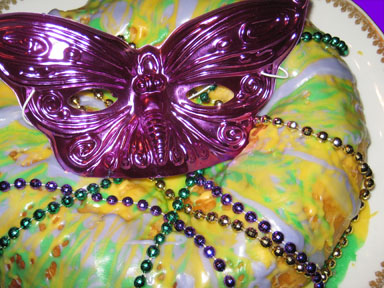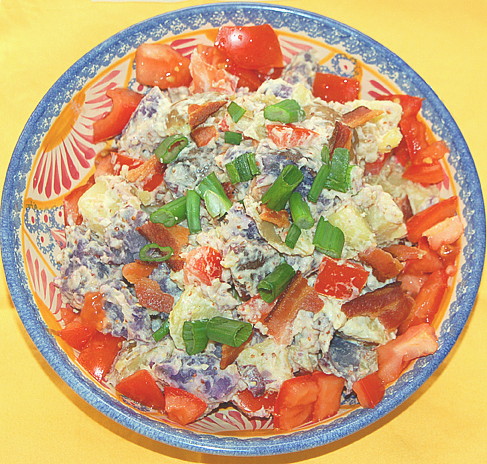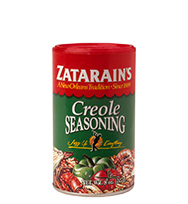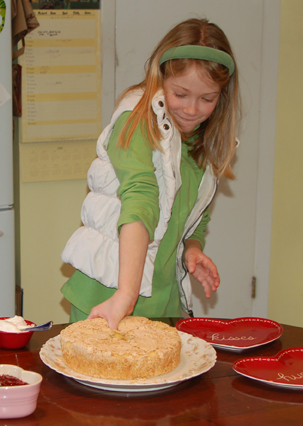
Mardi Gras is a time of taking chances—so I decided to try once more to make a King Cake. Readers of this blog may recall that I tried making one at Epiphany and was less than thrilled with the result. My mother taught me to persevere, however, and luckily King Cakes are eaten in Louisiana from Epiphany straight through to the beginning of Lent. I sifted through many different recipes identifying the cake elements that most appealed to me and went to work.
I’m actually very happy with my new cake, although the filling gushed into the middle so I didn’t end up with the classic ring. Mine was more of a round blob. Nevertheless, it puffed up beautifully and tasted like a sweet, creamy coffee cake.
Like the previous King Cake, it concealed a quarter (more authentic bakers would use a bean or a toy Baby Jesus) within its yeasty folds. The person who found the quarter in his or her cake was crowned King or Queen for the Day.
So—from my house to yours—here is a King Cake recipe. The biggest trick is to take your time; since it uses yeast this cake can’t be rushed. It’s a big cake so you’ll help your sanity and your waistline if you have young eaters in the house. Feel free to cheat a little and ensure that one of them gets to wear the crown! As you can see from the picture below that’s what we did at our house.
(Don’t tell Michael!)

Le Roi du Mardi Gras
Mardi Gras King Cake
Ingredients:
for the cake:
2 packets yeast (do not use instant)
2 teaspoons sugar plus 1/2 cup sugar later
4 to 5 cups flour
1 teaspoon nutmeg
2 teaspoons salt
the zest from 1 lemon (save the lemon to make juice for the glaze)
1/2 cup lukewarm milk
5 egg yolks (you will not need the whites)
3/4 cup (1-1/2 sticks) sweet butter at room temperature
for the filling:
1 8-ounce package cream cheese, at room temperature
1 egg
1 teaspoon vanilla
1/4 cup sugar
1 teaspoon cinnamon
1 tablespoon flour
for the glaze:
2 cups confectioner’s sugar
1 teaspoon vanilla
the juice of 1 lemon
a little water if needed
food coloring as needed
Instructions:
Place the yeast and the 2 teaspoons sugar in a small bowl. Cover them with lukewarm water, and allow the yeast to proof for 10 minutes.
Place the dough in a buttered bowl, cover it with a damp cloth, and allow it to rise until it doubles in bulk. This will take at least 1-1/2 hours and perhaps more.
When the dough has risen, punch it down. Using your fingers, pat and stretch the dough to shape it into a long, short rectangle, at least 24 inches long and 6 to 8 inches wide. Let the dough rest while you beat together the ingredients for the filling.
If you want to, place a quarter or a bean in the middle of the dough. Gently spoon the filling down the center of the strip of dough. Fold the edges up over the filling to form a cylinder that encases the dough. Pinch the edges together to seal the filling as well as you can. Your seams don’t have to be perfect; they will be hidden by the glaze.
Pinch the ends of the cylinder together to form a ring, and place it on a silicone- or parchment-covered baking sheet. Let it rise, covered, until it becomes puffy, about an hour. Preheat the oven to 375.
Bake the King Cake for 25 to 35 minutes, until it is golden brown. Remove it from the oven, and allow it to cool completely.
For the glaze: beat together the sugar, vanilla, and lemon juice, adding a bit of water if needed to make the glaze thick yet pourable. Divide the glaze in three, and color the three glazes purple, green, and gold. Drizzle them artistically over your cake.
Serves at least 12.

Laissez les bons temps rouler!













